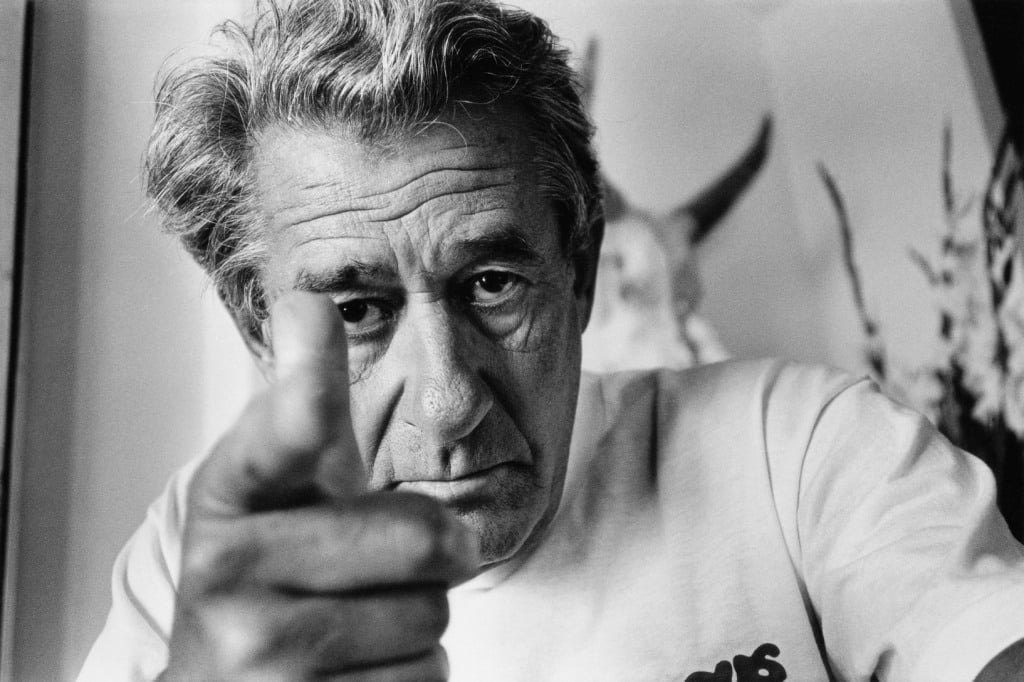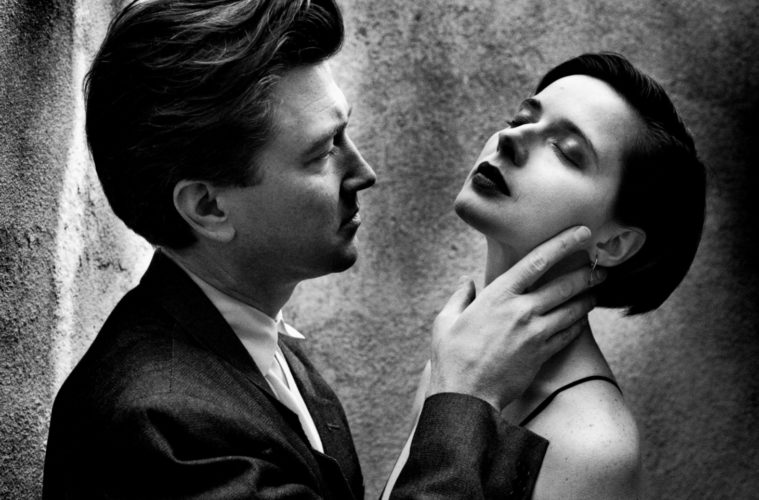About halfway through Gero von Boehm’s new Helmut Newton documentary The Bad and the Beautiful you realize there have been no interviews with men. Other than the extensive (and quite rare) footage with Newton himself, the voices heard throughout this film are entirely those of the women in his life and work — from his wife and partner June Newton, to his publisher Anna Wintour, and his most high-profile models/subjects such as Grace Jones, Isabella Rosselini, Claudia Schiffer, Charlotte Rampling, and Marianne Faithfull.
 Newton became famous in the ‘70s for his racy and hyper-sexualized fashion campaigns and magazine spreads obsessing over the female form — a very specific, very naked, fantasy-driven version of the female body as an object, that still inspires both cultish fandom and charges of exploitative misogyny. Throughout the film, footage of Newton at work is woven with modern-day interviews that function as surprisingly warm, witty, and insightful interviews from his models and subjects, testifying to the narrative of their personal empowerment and the work’s useful artistic and social transgression. A 1979 interview with the late Susan Sontag, who calls him out on the “I love women” trope oft-repeated by misogynists is the only moment of discord in an otherwise keenly empathetic documentary.
Newton became famous in the ‘70s for his racy and hyper-sexualized fashion campaigns and magazine spreads obsessing over the female form — a very specific, very naked, fantasy-driven version of the female body as an object, that still inspires both cultish fandom and charges of exploitative misogyny. Throughout the film, footage of Newton at work is woven with modern-day interviews that function as surprisingly warm, witty, and insightful interviews from his models and subjects, testifying to the narrative of their personal empowerment and the work’s useful artistic and social transgression. A 1979 interview with the late Susan Sontag, who calls him out on the “I love women” trope oft-repeated by misogynists is the only moment of discord in an otherwise keenly empathetic documentary.
The dynamic of the models’ and subjects’ defenses of Newton is fascinating and obviously sincere if rather one-sided, and the huge amount of works and archival materials offers a richly textured and definitely NSFW visual pageant, but perhaps the most intriguing part of the film is the unpacking of Newton’s history as a young Jewish Berliner. In a comparison that seems obvious in retrospect, Newton was both repulsed and influenced by the Leni Riefenstahl aesthetic, and had apprenticed with a pioneering female fashion designer before he fled the Nazis as a teenager. He headed to China then to Australia, where he met his wife June (aka the photographer Alice Springs) whom he clearly loved and respected immensely, and who essentially ran his career and studio from that point on — until he died in 2004, aged 83, after his car crashed into a wall on Sunset Blvd. outside the couple’s local home base at the Chateau Marmont. Now playing at Laemmle Theaters VOD; $12; kinomarquee.com.

Helmut Newton, Self-portrait, Monte Carlo, 1993 (Courtesy of the Helmut Newton Foundation)
Advertising disclosure: We may receive compensation for some of the links in our stories. Thank you for supporting LA Weekly and our advertisers.

